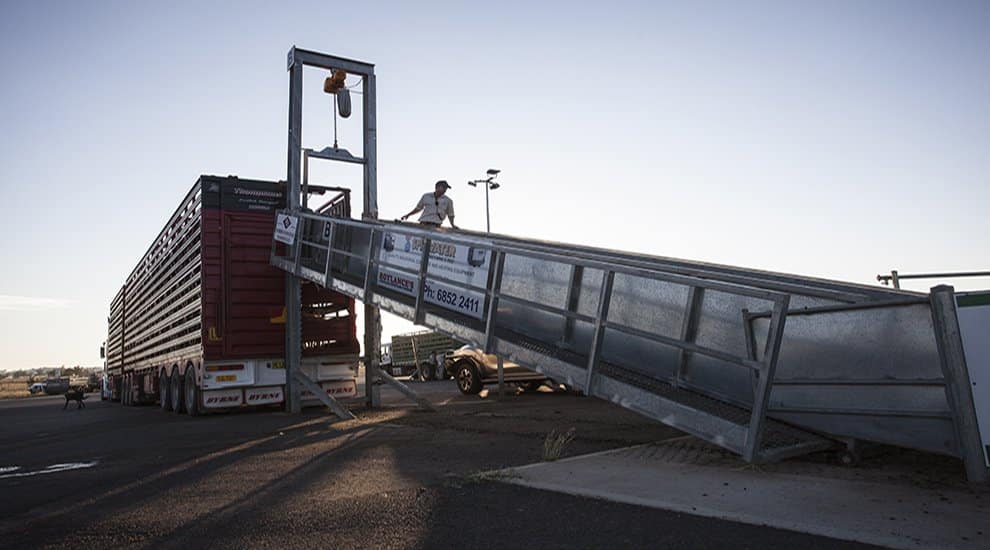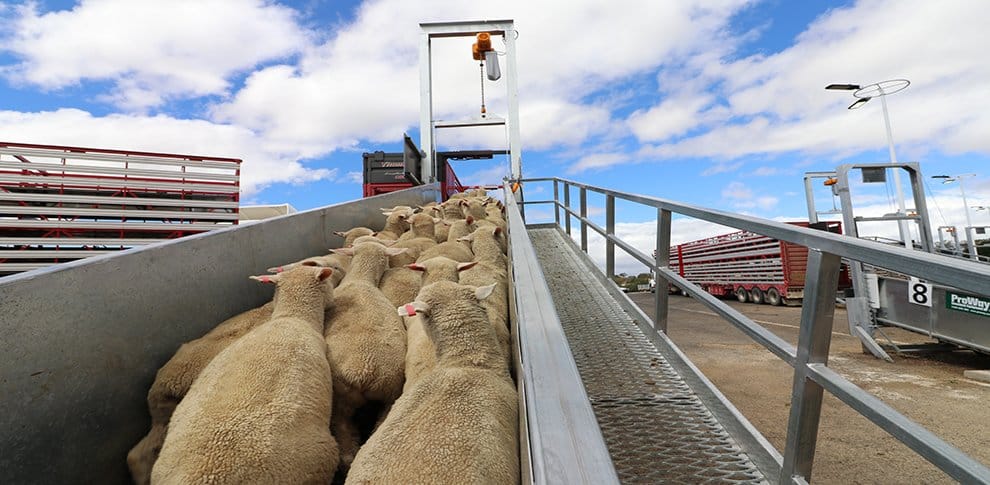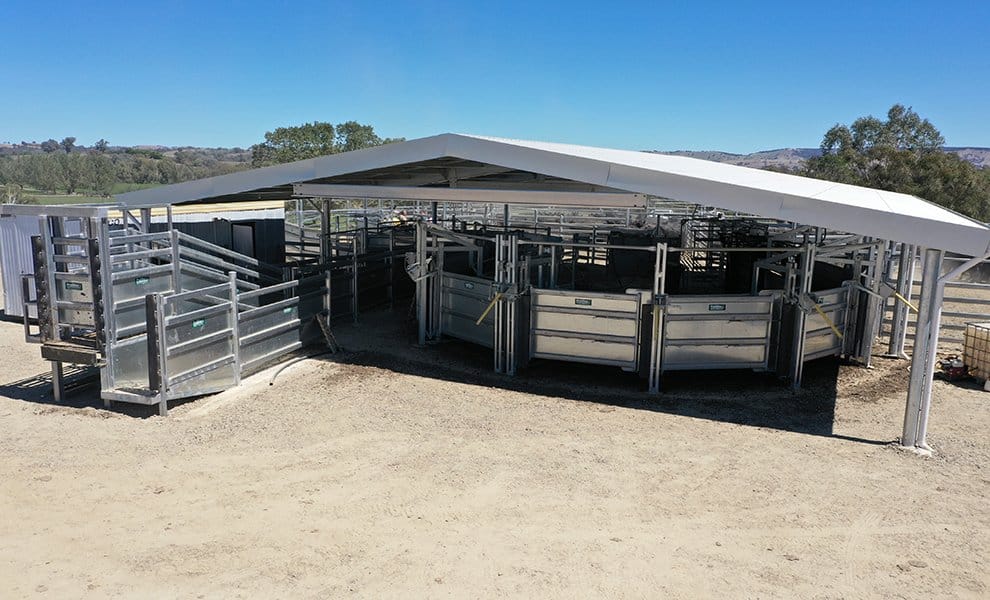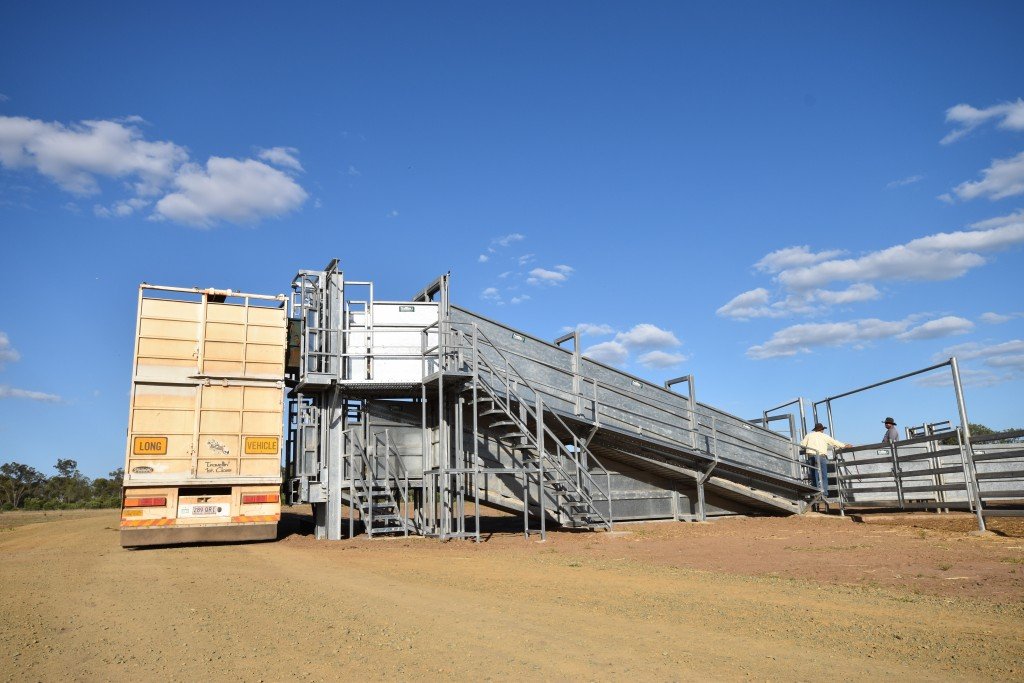In late 2020, Standards Australia released a new standard for livestock loading ramps to improve safety and best practice for livestock loading infrastructure. The Standard is the result of collective information and expertise from industry stakeholders and closely resembles the previously released Guide for Safe Design of Livestock Loading Ramps and Forcing Pens by the ALRTA.
The new standard has been widely adopted by industry bodies such as the Livestock and Rural Transport Association of Victoria (LRTAV) and should encourage safer design and building practices across the industry.
The guidance aims to promote loading ramp safety in the over 85,000 agricultural businesses across Australia that may be using livestock ramps.
“We hope this standard helps to improve safety and build confidence across rural regions and within the many farming communities,” said Head of Standards Development at Standards Australia, Roland Terry-Lloyd.

Building industry confidence
The initial development of the standard came after communities were left shaken by the death of a transport worker while unloading livestock on a loading ramp in October 2013.
“We have seen significant support from all sectors of the industry as this work has come together,” continued Mr. Terry Lloyd.
“The standard has had plenty of industry input and by utilising the Guidelines for Ramps and Forcing Yards to steer the guidance, the resulting standard is an important benchmark for the manufacturing and use of livestock ramps,” said former ALRTA Vice President and Chair of the Animal Welfare Committee, Michael Debenham
Providing a safer workplace, no matter the operation
The recently published, AS 5340:2020 Livestock loading/unloading ramps and forcing pens has been developed to help promote consistency across the farming sector.
The safety standard is aiming to assist the many agricultural businesses in Australia using livestock ramps.
Alongside the expertise of industry, the pre-existing Australian Livestock & Rural Transporters Association (ALRTA) Guidelines for Ramps and Forcing Yards helped steer the development of the standard.
“When building or buying a new ramp they should be seeking if the ramp complies with the standard, as this will assist with providing a safe workplace. In regards to farmers’ ramps and forcing pens, compliance with standard is undisputed evidence of farmers who have met their safe workplace and animal welfare obligations.” Standards Australia said.
Leading the industry in loading ramp safety and efficiency
Proway Livestock Equipment Head of Commercial Facility Design, Bill Thomas, said the company has extensive experience in livestock handling and loading infrastructure and proudly meets the recently released standard. ProWay Designers also assisted and advised on the standards creation.
“All of our Loading Ramps, Forcing Yards and Lead Up Yards comply with the new standard,” Mr Thomas said.
“However, the onus of safe loading is shared with all stakeholders. This includes owners, staff, industry bodies, carriers, manufacturers and those responsible for installing stock handling equipment. Everyone plays a role, and the new standard is a good step forward for the industry to improve safety across the board.
ProWay understand that the standard can be interpreted differently based on the scale of operation, but the big takeaway is safe separation of the operator from livestock without impeding stock flow or animal welfare.
“Our Stockyard Designers and Engineering team have access to the standard and we’ll always advise on best practice in line with the recommendations.” Says Mr Thomas “However, it is still the owners discretion to follow these recommendations as to what’s installed.”
Mr Thomas said there is a wide variety of situations in which ramps are used to load and unload stock, ranging from hobby farmers with 10-20 head to large producers and commercial facilities which have higher throughput. He said the scenarios shown in the standard are an illustrative guide, but there is not a one size fits all given the variation in operation requirements.
“It’s well documented that the most dangerous aspects of stock handling is working in confined spaces and during loading and unloading. Working safely at heights and facilitating less confined contact with livestock are areas we address regularly in our design process.”
An opportunity to review and improve loading ramp safety on site
“Obviously, there’s not going to be an overnight shift in loading infrastructure. Everyone is not going to go out and rebuild what they have and in most cases that is not what’s required. For a lot of operations there are sensible, low-cost modifications that can make a big difference.”
“In the case of potential safety concerns, the standard is a good catalyst to review and see if there are areas to improve. I think most farmers and carriers would be capable of stepping back and reviewing existing facilities. A preliminary risk assessment could include: Is it stable? Is there good access? Is it safe for stock to move through? Have there been injuries to livestock or people in the past?”
ProWay are more than happy to consult with new and existing clients to debunk myths and answer questions on the standard in regards to their operation, “we strongly encourage owners and operators who are unsure to reach out to so we can advise where your infrastructure may fall short”.
“Going forward, the onus on keeping up with the standard is on anyone who is building a new ramp or forcing area. If you are building something yourself, now is the time to look at the standard. If your facilities are being built by a 3rd party, confirm with the supplier and builder that they are compliant with the standard.”
Unlike building a house or commercial building, no one is going to come around and check that new loading infrastructure meets the standard; however, it is up to the owner to make sure they provide a safe environment for staff and livestock carriers to ensure that animals are handled in a way that also meets animal welfare requirements.
The new standard takes any guesswork out of meeting these obligations and provides a resource to help make livestock handling safer for all involved.
Further information can be found on the ALRTA website or directly from Standards Australia.
To purchase a digital or hard copy of the standard visit: AS 5340:2020 | Livestock loading/unloading ramps and forcing pens



